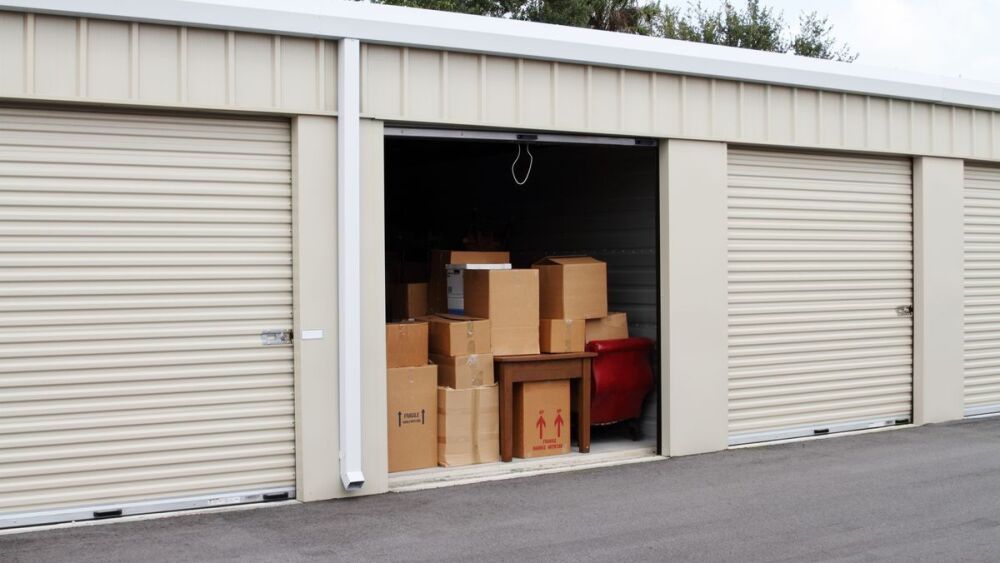There is no question that COVID-19 has made indelible changes in the way we do things. From an expedience standpoint, many things have changed for the good. Businesses can increase employee satisfaction by allowing them to work from home, thus reducing the cost of leased office space. Conveniences like curbside pick-up and expanded delivery services have also become a welcomed part of everyday life.
On the other hand, some changes are having negative effects on public safety. Prior to the pandemic, when a masked man wearing latex gloves walked into a bank or retail establishment, all eyes were on him. Now, no one looks twice. An Associated Press article from May 2020 reported, “It’s a real problem for clerks and tellers, such as Tiffany Becker, who manages a Valero convenience store in Shenandoah, Pennsylvania, where a number of stores in the area have been robbed by mask-wearing gunmen recently.” Becker stated, “Before I would have called the police because having a mask wasn’t normal. Now it’s normal. It’s scary because you can’t tell who is safe and who’s not.” [1]
In March 2020, Lamel Miller and Lafayette Morrison conducted an armed robbery at the Aqueduct Racetrack in Queens, NY. The pair robbed racetrack employees as they transported more than $280,000 in cash earnings to a vault. Miller and Morrison, wearing surgical masks, confronted the employees at gunpoint. Surveillance video showed the duo, still wearing surgical masks, carrying large bags when they exited the racetrack office and left the racetrack.
In May 2020, Jahquez Scott, who was jailed on a weapons charge in Cook County, IL, allegedly promised to pay another detainee, Quintin Henderson, to let him steal his identity to secure release. When corrections officers called Henderson’s name for discharge, Scott stepped forward wearing a mask and signed release papers before exiting the jail, according to authorities. He was subsequently apprehended. [2]
In addition to physical anonymity, COVID-19 changes have increased virtual anonymity. I have seen this personally in my role as a Bomb-Making Materials Awareness Program (BMAP) Community Liaison Officer and it is the primary impetus for this article. My daily routine involves contacting retailers that sell explosive precursor chemicals (EPC). In my last article, I provided specific details about recognizing these materials. The other businesses I visit are lodging and storage facilities. These businesses have undergone changes as a result of the pandemic – changes that create challenges for identifying suspicious behavior and intercepting drug trafficking or bomb-making operations.
The problem of contactless check-in
Many hotels now offer contactless check-in through an app, often as part of a loyalty rewards program. It allows members to skip check-in and open their hotel rooms with their smartphones. I recently signed up with a major hotel chain and was not required to verify any of my information. An alias and an e-mail would be all a criminal would need to sign up. Once a drug dealer is a “valued member,” he could use a prepaid credit card (purchased with cash) to make a reservation. He would then be able to enter the hotel through a side door in the middle of the night using a “burner” cell phone (also purchased with cash), enter his room using said burner phone, drop off contraband and leave. He could then notify his buyer of the room number so the transaction could be completed without the conspirators ever having been seen together.
This same technique applies to many of the large storage facility chains. In the past, renters had to meet face to face with the manager, who often lives on site, to complete the lease agreement. Now, the lease is set up virtually and the renter is given a unit number and a gate code online. Again, the potential for surreptitious activities and covert transactions is obvious.
The use of storage units by bomb makers is well known. Mohammed Salameh rented a storage unit in New Jersey to store explosive precursor chemicals for the 1993 World Trade Center Bombing. Timothy McVeigh also used a storage unit in Herington, KS, to hide his ammonium nitrate and nitromethane. These truckloads of chemicals were delivered, off-loaded, manipulated and reloaded into the delivery vehicles. Last year, Brevard County investigators seized approximately 770 pounds of marijuana from a mini-storage facility in Viera, FL.
The Nationwide Suspicious Activity Reporting Initiative has a list of indicators and behaviors that citizens should be aware of. They include, “acquisition and/or storage of unusual quantities of materials such as cell phones, pagers, radio control toy servos or controllers; fuel, chemicals, or toxic materials; and timers or other triggering devices, in a manner that would arouse suspicion of terrorism or other criminality in a reasonable person.” Yet were the incidents described above to happen in 2022, where virtual aliases can be used, there would be no record at all that Salameh, McVeigh or the Brevard County suspects were ever there.
Three strategies for identifying suspicious activity at storage units
So, what is an enterprising officer or detective to do? Here are three things that may help identify suspicious activity at storage units.
- Identify the storage facilities on your beat or within your area of responsibility and meet with the management. Ask about recent online rentals to determine if the renters have come to the property. The manager may be able to tell you exactly when the renter was on the property because their unique key code was used. They may also have vehicle tag information from surveillance camera footage. A typical storage unit renter is going to load their unit and leave their items there untouched for a while. Some renters will use the units to store their business tools. The management will know these folks because they visit their units on a regular schedule and make no attempt to hide their activities.
- Ask the manager if they are suspicious of any of the online renters, or any renters for that matter. Suspicious activity could include things such as only visiting the unit in the middle of the night, making multiple brief trips at unusual times, intentionally avoiding cameras, avoiding storage facility staff, sharing gate codes with non-renters, living in their storage unit and storing prohibited items. Most storage facilities have written policies against the storage of flammables and combustibles. The types of chemicals used to produce homemade explosives or methamphetamine will emit strong odors. This is especially true with explosive mixtures in the quantities needed to fill a vehicle-borne IED. Oxidizers like pool chemicals and fuels like diesel or nitromethane in large quantities may be smelled outside the unit.
-
If suspicious activity has been observed, use investigative resources such as crime analysts to determine if the name on the rental agreement is a legitimate person. Then, determine if the name on the unit matches the name on the vehicle registration and method of payment. Run the name(s) through local databases, the National Crime Information Center and possibly the local Joint Terrorism Task Force.
Next, invite drug and explosives detection K9 handlers to walk their dogs past the suspect’s unit. When I have done this in the past, I indicated the aisle where the unit in question was located without specifying the unit number. The handlers then walked their dogs down the entire aisle. If the dog did not alert, no further action was taken. By using these techniques we do our due diligence, and the storage facility management is more apt to call again when suspicious activities occur.
Another common strategy to encourage engagement and heighten security is to ask storage facility managers if the K9 unit can use the facility to train. On more than one occasion, I have had facility managers initiate the invitation themselves. It’s a win for both parties.
Revealing the red flags
Even as COVID-19 wanes and we return to normal activities, some of the changes enacted during the pandemic are here to stay. Law enforcement officers are increasingly operating in a world that minimizes face-to-face interaction and thus shields anonymity. But that does not mean we should let our guard down and just hope for the best. Officers can and should sharpen their investigative skills and build relationships with business owners to uncover signs of suspicious activity at storage units. The red flags are still there; we just have to dig a little deeper to see them.
Stay safe!
NEXT: Bomb-making materials awareness: Do you know what you don’t know?




